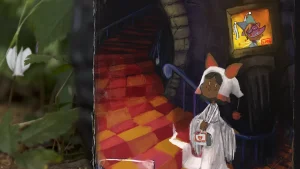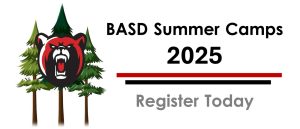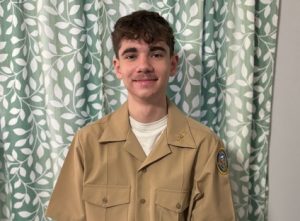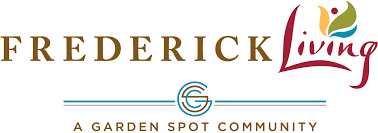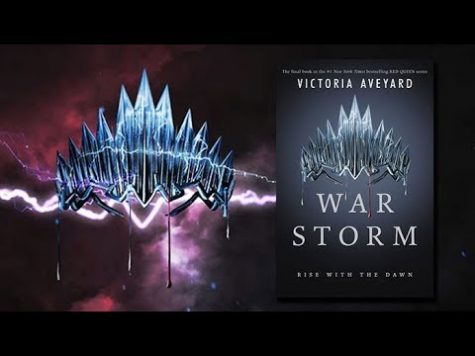What Kind of Learner Are You?
Teachers vary classroom activities, use technology to cater to students’ ‘multiple intelligences’
Do you ever find yourself bored during a history lecture, yet totally grasping a hands-on chemistry lab?
Do you study for tests by drawing out problems in your math notebook — or maybe you get ready for an English vocabulary test by putting the words into a song?
The learning methods that work best for you say something about the way you grasp and learn different ideas and topics in the classroom. In the education world this concept is called “multiple intelligences”.
It promotes the idea that “all students are created equal (and differently),” according to Teach.com.
Multiple intelligences is an idea Harvard Education Professor Howard Gardner came up with in the 1990s to ensure all students were engaged in the classroom. Before this, lecture was the main teaching method taught.
Gardner recognized that not all students learn the same way. He came up with a list of “different learning styles”, including:
- visual — learns best when seeing the information being presented, or seeing how something is done
- verbal — learns best with both written and spoken word
- physical — “hands-on” learners, prefer to try something themselves to learn how it is done
- auditory — learns best when listening to spoken word
- logical — better with logical and mathematical reasoning
- social — learns best when speaking and communicating with others
- solitary — learns best when alone, very focused on what they are doing, private learner
A lot of teachers at BASH try to incorporate different learning techniques to meet individual students’ different learning styles.
“We want to make sure we meet the needs of everybody’s learning style in the classroom,” Teaching Coach Mrs. Jamison Renfro said. “Do we tailor it to everyone in the classroom or do we just teach to one person in the classroom?”
In recent years, technology and social media have added yet another learning style, one that might overshadow all the others, Mrs. Renfro said.
More teachers are coming to believe that rather than cater to individual learning styles, students should recognize how they learn best — but also adapt to learning in different ways.
Technology can help them do that, said Social Studies Teacher Mr. Brian Burychka (who said he never really bought into the idea of learning styles).
“Technology can appeal to many students as long as it’s not overused,” he said. “With today’s students being more comfortable with technology, it can increase student engagement if used effectively.”
He has a set of laptops in his classroom and said he uses technology for “everything” in his classroom, from individual writing assignments to collaborative student presentations.
In addition to using technology, many teachers still adhere to the traditional Multiple Intelligences theory and use a variety of teaching methods that appeal to different learning styles.
Chemistry teacher Mrs. Kyle Shellaway said she uses various methods on a daily basis to appeal to different learning styles, such as: graphs and diagrams to appeal to visual learners, “4 corners” activities that allow physical learners to move around, and partner activities for social learners.
“I definitely do not consider myself an expert in this,” she said, “but I do try to appeal to the different learning styles as much as possible.”
However, she said she also uses a traditional lecturing.
“I tend to focus on a lecture-practice model so as to expose my students to a more collegiate method of instruction, where professors are not as accommodating.”
Special Education and Social Studies Co-teacher Mrs. Ann Foster says she employs learning techniques to appeal to kinesthetic learners, students who learn best with a hands-on approach.
“When teaching supply and demand in our Economics portion of 12th grade Civics/Economics class, we have the students stand up and physically move left and right to signify the curve shifting,” she said. “The acronym is IRDL which means increase right, decrease left.”
She adds, “Movement helps to reinforce the concept of the curve shifting and it is a lot of fun.”
Family Consumer Science teacher Mrs. Libby Green said she tries to appeal to visual learners by using images and graphs.
Also, “in all FCS classes I use the Smart Board to project information for the visual learners,” she said.


